About Us
We are a nonprofit association of public and private companies, interdisciplinary and provincial, that has operated in the Emilia Romagna region since 2001. Our aim has been to pursue the historical, cultural, environmental, economical and social identity of the Ferrara Province and its territory.
The reasons why this association was set up are numerous and just a few are mentioned below:
• To promote the production of wine and agricultural goods, local food production, local food and wine products and services within an eco-compatible structure; • To promote the historical, cultural and environmental attractions situated along the ROUTE including the association members; • To Promo the image and popularity of the ROUTE with promotional events, press campaigns, information centers, marketing campaigns and exhibitions at trade fairs and trade events; • To Publish promotional and informative material about the ROUTE and the Ferrarese territories.
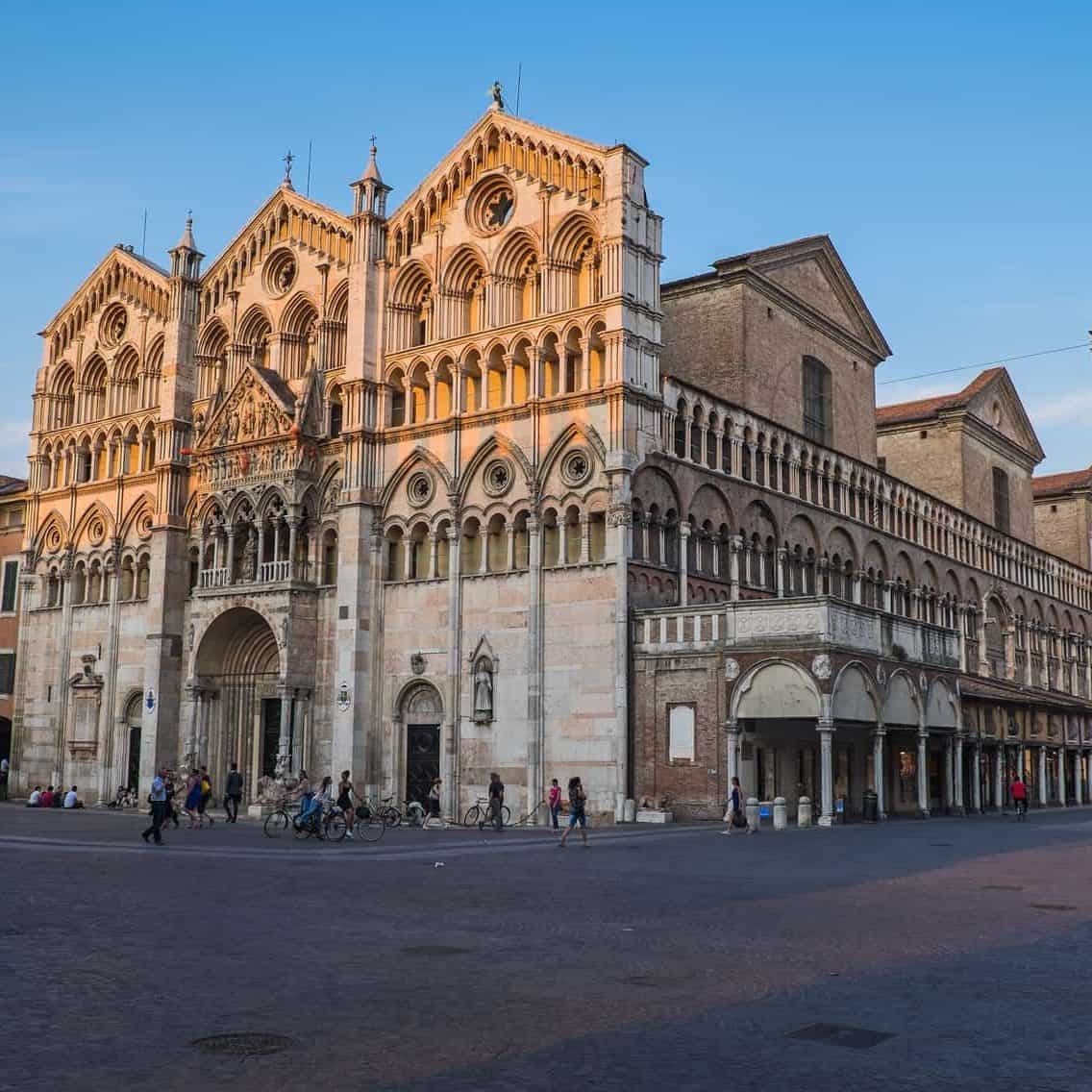
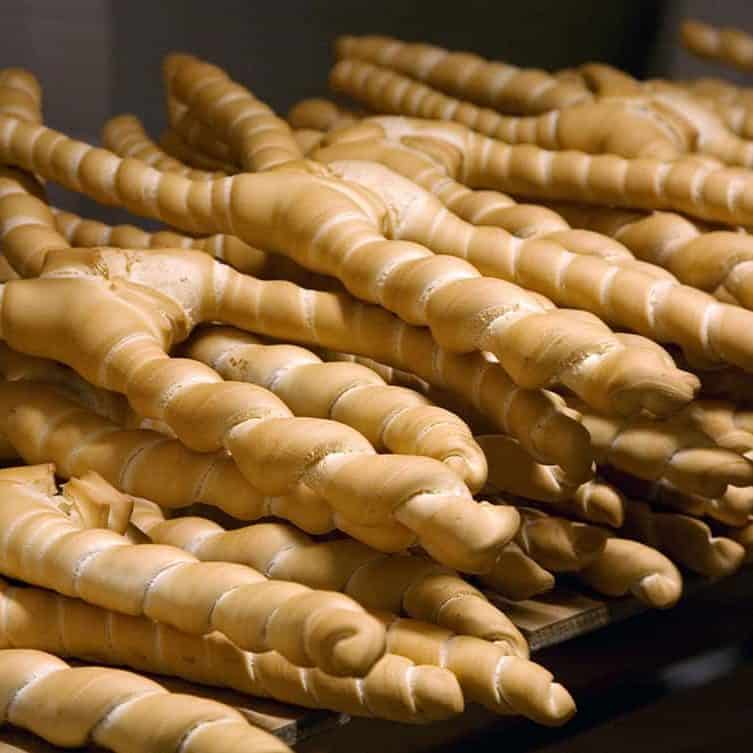
The following public members are included in the Food and Wine Route: the Chamber of Commerce, the Provincial administrative offices, the Po Delta Park, the county Councils of Ferrara, Argenta, Bondeno Cento Copparo; Comacchio, Mesola, Migliarino, Jolanda di Savoia, Poggio Renatico, Portomaggiore, Ro Ferrarese; Tresigallo, Goro, Masi Torello, Massafiscaglia, Vigarano Mainarda and Voghierae- Its private members include all the main associations operating throughout the territory.
The Ferrara Province: Itineraries and Local Products
An evocative landscape of misty cultivated fields, rice paddies and rivers, salt marshes and grand palaces from the Estense era is the backdrop for the Ferrara Province Food and Wine Route. Itineraries that extend along the Po river bed, the Reno river and as far as the Adriatic Coast.
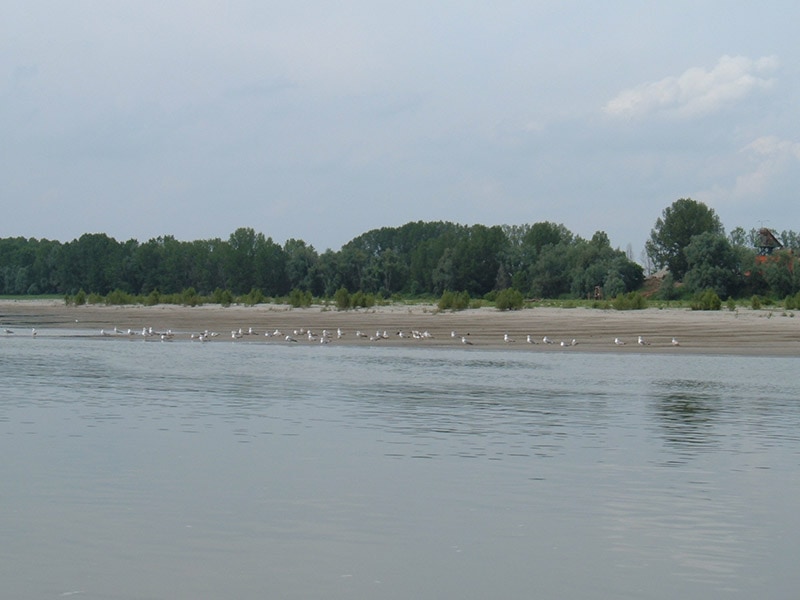
The “Great River Route”, follows the course of the river Po from the reclaimed lands of Upper Ferrara as far as the sea; an itinerary that crosses the boroughs of Bondeno, Berra, Migliarino, Massa Fiscaglia to the magnificent Castle at Mesola and the Abbey at Pomposa. The Abbery bears witness to the arduous land reclamation work carried out by the Benedictine fathers, fighting against the water of the river on one side and the waters of the sea on the other. Here the culinary tradition reigns sovereign and beats time with the ancient, unchanged rhythms of the seasons thanks to the “ pearls” of this territory. The local pumpkin dishes and salami meats lend themselves to even the finest of palates.
The “Route of the Estense Court”: a route that runs from Upper Ferrara, towards what is considered a boundary area between , Veneto, Emilia and Lombardy, passing glorious royal palaces, genuine “ Delights” of architectural elegance: "Belriguardo", "Il Verginese", Copparo and the Mesola Castle evoke memories of great hunts, games and jousts, shows and sumptuous banquets where Tasso and Ariosto read their poems to the delight of intellectual Isabella and the feared Lucrezia. We recommend that all food lovers take a break from their travels to sit back and enjoy the tasty recipes of rice, truffles, garlic and, what is considered the “queen” of the local table, salama da sugo, a seasoned, wrapped sausage that undergoes unique preparation.
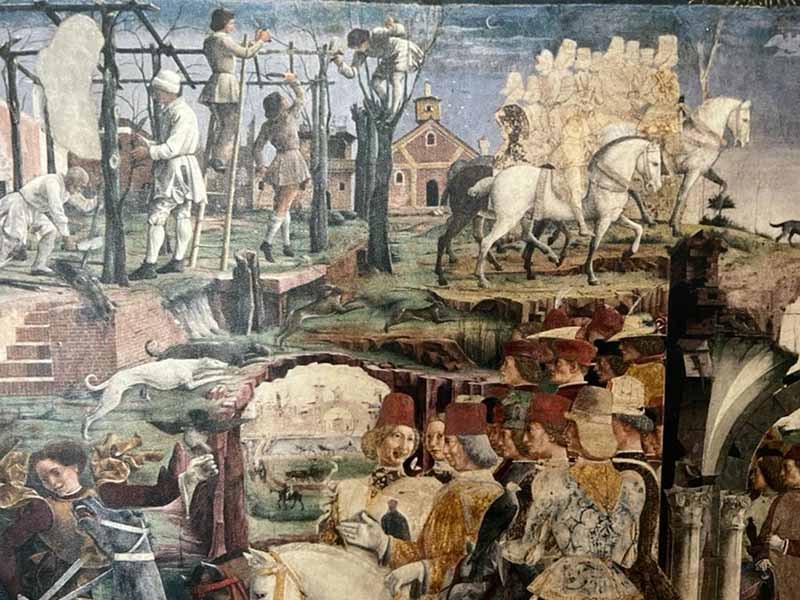
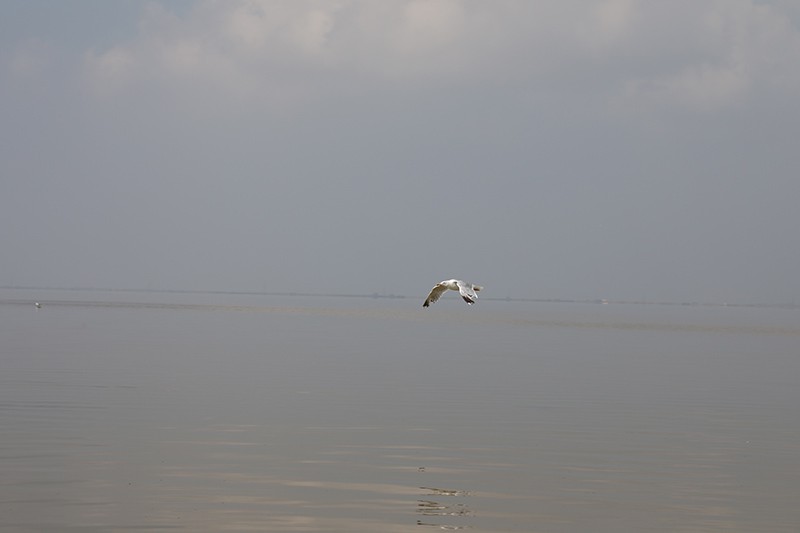
The “Delta Route” is perfect for everyone, Nature lovers will be able to explore the wilder and more evocative side to a territory that has been shaped by canals, salt marshes, pine forests and sand dunes. Comacchio is the capital of these areas, it is world famous for its unique historical town centre, for fishing and for its eels. The local wines produced from grapes grown on the sandy coastal dunes are very much part of the local table- Fortana, Merlot, Sauvignon and White with Doc wines from Bosco Eliceo.
A few famous quotes about local products
In 1584 the “Dello Scalco” recipe collection was published in Ferrara. It included the recipes of Giovan Battista Rossetti, cook for the court of Alfonso d’ Este II. Here we find the first reference to “tortelli di zucca con il butirro”, pasta with a pumpkin and cheese filling. The ingredients are the same as the present day recipe apart from a couple of the original spices, ginger and pepper, that are not used today but in that era were very common.
The salama da sugo was applauded in the 18th century work “ La Porcheide” by Scipione Sacrati Giraldi. The most recent testimonies to the salama da sugo include that of Mario Soldati ( in his 1958 television program entitled “ A journey through the Po Valley in search of genuine food”), the work entitled “ Ferrarese Food” by Folco Quilici (1997) and the food expert Massimo Alberini who, in 1969, referred to Ferrara as “ Epic in poetry” but ignored in cookery: “ that sort of spiced pork sausage….. merits a more widespread fame”.
The “coppia ferrarese”, famous local bread, is described as, Bacchelli wrote “ that divine piece of bread made of two rolls, tied like a ribbon in the middle, each with its ends twisted, forming a fan with four points ‘curnitt’, the points are called ‘grustin’. Folco Quilici describes it as “the best bread in the world”: the Ferrarese bread PGI, unequalled in the whole world and “ king” of the Food and Wine Route hamper.

